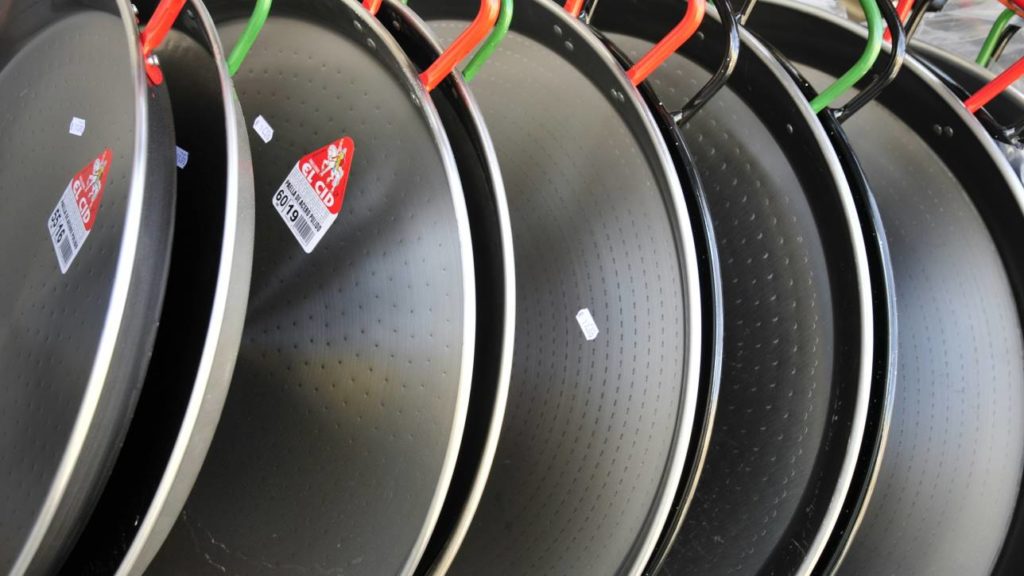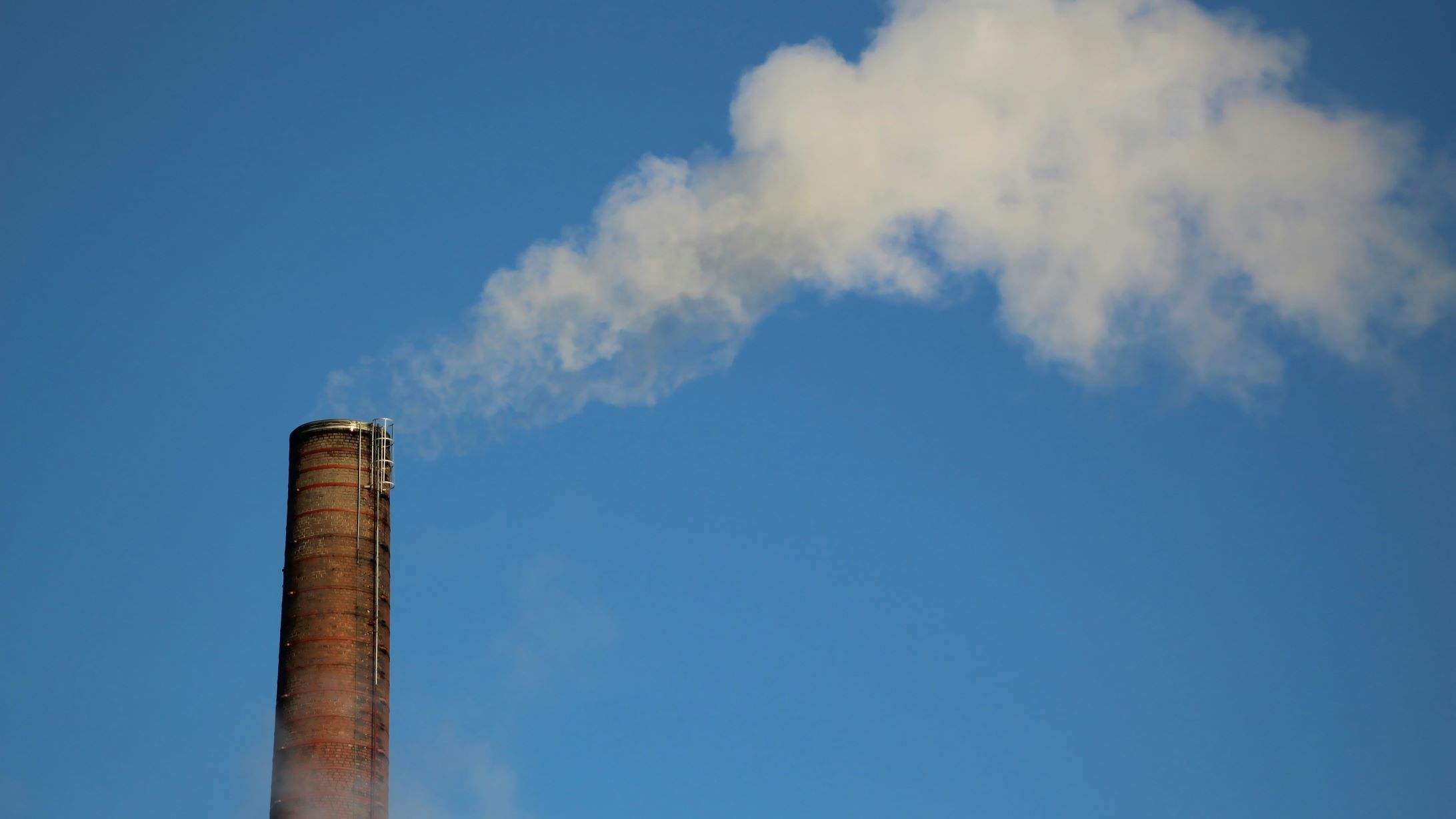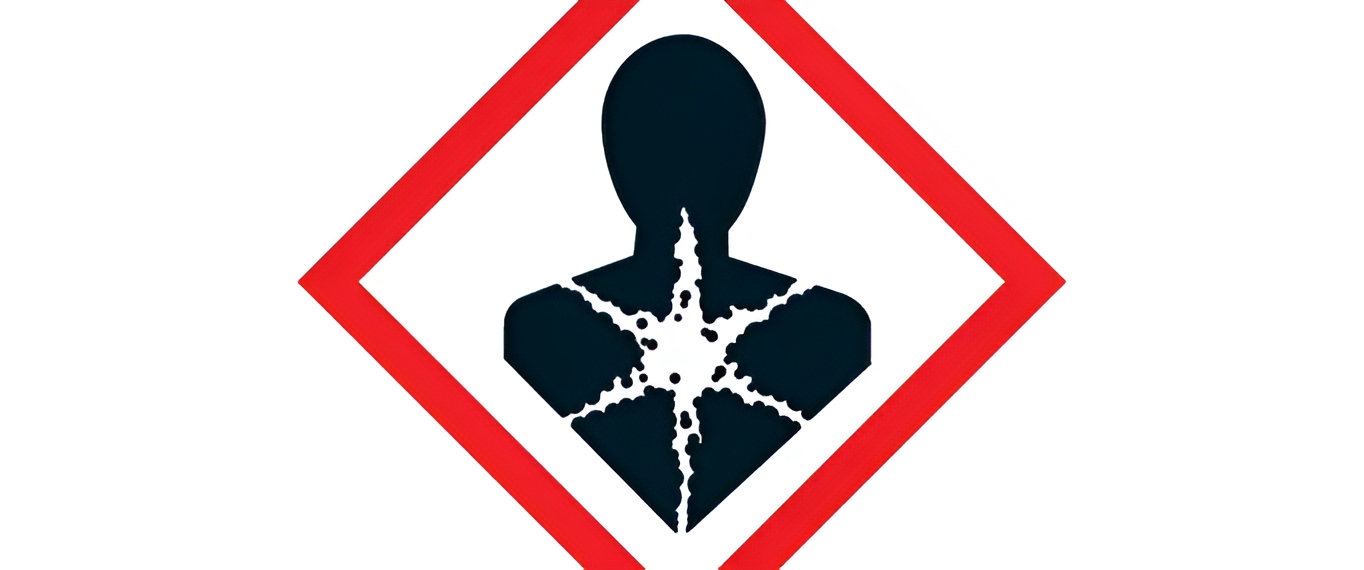What Are PFAS and Why Are They Used in Cosmetics?
PFAS stands for Per/Polyfluoroalkyl Substances, which includes compounds like PFOS (perfluorooctanesulfonic acid) and PFOA (perfluorooctanoic acid). These man-made chemicals are not found naturally in the environment and are known for their stability due to their long carbon chains, making them impermeable to water and grease.
Their unique properties make them valuable in various industrial and consumer applications, enhancing resistance to high temperatures, grease, and water in products such as fabrics, carpets, clothing, food packaging coatings, fire-fighting foams, and non-stick cookware.
However, PFOA and PFOS are persistent compounds, meaning they remain in the environment for extended periods after being released. As a result, some companies are taking steps to phase out the production of these substances. They are implementing changes in their manufacturing processes to reduce the release and levels of PFOA and PFOS in their products. Unless intentionally used in the formulation, PFAS in cosmetics mainly come from packaging or from impurities present at trace levels in ingredients.
Sources of Contamination and Routes of Exposure for Humans
PFOA and PFOS are chemically stable compounds that persist in the environment due to their resistance to typical degradation processes. Following their release during manufacturing, use, and disposal of products containing these substances, they can be found in soil, air, and water.
These compounds can remain airborne for days and be transported over long distances before settling to the ground. Once on the ground, they can easily migrate through underground soils, travelling long distances and contaminating water sources.
The primary sources of human exposure to PFOA and PFOS include the ingestion of contaminated drinking water and foods, particularly those with high levels of these compounds, such as fish and seafood. Exposure can also occur through food packaging that contains PFOA and PFOS.
Additionally, the general population may be exposed by inhaling air that contains dust or by coming into contact with contaminated surfaces or soils, with children being particularly vulnerable to these routes of exposure.
The main sources of PFAS exposure are:
- the processing of PFAS and PFAS-containing products
- ingesting drinking water or contaminated food (such as fish, fruit and meat)
- the inhalation of dust containing traces of these substances from treated surfaces, such as carpets, clothes and shoes; moreover, when the containers of PFAS-based products are opened, part of them is breathed in due to their volatility
- skin passage: the absorption of PFAS, both pure and dissolved in water, also takes place through the skin; therefore, contact with dedicated products in the makeup or cosmetics sector can be a source of PFAS contamination.
Potential Health Effects of PFOA and PFOS Exposure

Human studies have shown inconsistent results when examining possible links between PFOA and PFOS levels in the blood and adverse health effects. The interpretation of these findings is further complicated by confounding factors, such as lifestyle differences in the general population.
Available studies suggest that higher blood levels of PFOA and PFOS may be associated with increased cholesterol and uric acid levels, as well as a higher risk of high blood pressure. The liver appears to be the main target organ, as also observed in animal studies. However, extrapolating animal study data to humans is challenging due to significant differences in how these substances are processed in the body and how they cause toxicity (discussed in our article on animal testing in cosmetics).
Some studies have suggested potential links to testicular and kidney cancers, but inconsistencies prevent definitive conclusions about the association between PFOA and PFOS exposure and cancer in humans. The observed health effects are interpreted cautiously, as they are not consistently evident across populations, including both workers exposed to high levels and the general population exposed to lower levels, without controlling for factors like smoking.
Animal studies have shown an increase in certain cancers, such as those of the liver, testis, and thyroid, but these results are tied to prolonged exposure to high doses, raising questions about their relevance to humans. Due to these uncertainties, PFOS and particularly PFOA have been evaluated by the IARC (International Agency for Research on Cancer) and the US EPA (Environmental Protection Agency) for their potential carcinogenic risks.
Therefore, PFAS are associated with metabolic alterations and contribute to conditions that increase chronic disease risks.
Exposure to these substances could be considered a fifth risk factor for chronic, non-communicable diseases:
- Smoke
- Alcohol use
- Improper nutrition
- Physical inactivity
- Exposure to PFAS
Guiding values
To date, the WHO has not indicated guidance values for PFAS in general in drinking water that can be implemented at the European Community level. Tolerable maximum concentrations of PFOA and PFOS in drinking water have been proposed internationally: for the US EPA, 0.2-0.4 μg/L limit concentrations for exposure for limited periods to PFOS and PFOA, respectively, have been considered
Where Are PFAS Used?

PFAS are valued for their water- and oil-repellent properties and resistance to heat and wear, making them popular in various industrial and consumer products. They are found in fabrics, leather, carpets, clothing, food-grade paper coatings, and non-stick cookware.
A well-known PFAS material is Teflon (PTFE), used for coating frying pans, in water-repellent and breathable fabrics like Gore-Tex, and in construction waterproofing elements. In the automotive industry, PFAS-based waxes, polishes, and coatings are used for their durability, forming protective, antistatic films that help keep car paint clean and resistant to dirt and smog.
Recent concerns over the persistence of PFAS in the environment and their accumulation in organisms have led some manufacturers to reduce PFOA and PFOS production. They are now turning to shorter-chain PFAS compounds (with 6 or 4 carbon atoms), which degrade more rapidly, typically in a matter of days.
The industry aims to phase out PFAS entirely in the coming years, seeking alternative substances to balance performance, environmental safety, and cost.
The latest amendment to REACh Regulation 1907/2006 mandates that by July 4, 2023, PFOA cannot be manufactured or marketed, either as a standalone substance or in mixtures across all sectors. Furthermore, PFOS and its derivatives, classified as persistent organic pollutants (POPs) under Regulation (EC) No. 850/2004, face strict bans or significant production and usage limitations.
Use of PFAS in Cosmetics

Studies show that after testing over 200 cosmetics—including foundations, eye and lip products, and concealers—52% of these items contained high fluoride levels, an indicator of PFAS.
With their strong oily and water-repellent characteristics, PFAS enhance the waterproof qualities of cosmetics, which explains their popularity in water-resistant mascaras. Specifically, 47% of the mascaras tested contained PFAS, with the figure climbing to 82% for waterproof versions.
PFAS were also present in 55% of the lip products tested and 62% of liquid lipsticks. Given that regular users may ingest 1.8 to 3 kilograms of lipstick over a lifetime, the study highlights serious concerns, as exposure to elevated PFAS levels could lead to adverse effects, as discussed earlier.
Some examples of PFAS INCI names include:
– C9-15 fluoroalcohol phosphate
– Perfluorononylethyl carboxydecyl PEG-10 dimethicone
– Perfluorononyl dimethicone
– Perfluorooctyl triethoxysilane
– PTFE
– Polyperfluoroethoxymethoxy difluoroethyl PEG phosphate
– Ammonium C6-16 perfluoroalkyl ethyl phosphate
Recent Regulatory Updates for PFAS
The classification of PFAS remains complex, but companies involved in the production and sale of these substances and mixtures will soon need to comply with the new Delegated Regulation (EU) 2023/707.
This amendment to Regulation (EC) No. 1272/2008 (see the latest consolidated version) addresses criteria and hazard classifications for labelling and packaging of substances and mixtures. It includes classifications for Persistent, Bioaccumulative, and Toxic (PBT) substances and addresses the hazard classification of substances with endocrine-disrupting activity, though the latter will not be covered in this article.
Definition of Persistence, Bioaccumulation, and Toxicity According to EU Standards
Persistence
A substance is considered persistent (P) when it meets any of the following conditions:
- the degradation half-life in seawater is more than 60 days;
- the half-life of degradation in fresh water or estuarine water is more than 40 days;
- the degradation half-life in marine sediments is more than 180 days;
- the half-life of degradation in freshwater or estuarine sediments is more than 120 days;
- The degradation half-life in soil is more than 120 days.
Bioaccumulation
A substance is considered bioaccumulative (B) if its bioconcentration factor in aquatic species is greater than 2000.
Toxicity
A substance is considered toxic (T) when one of the following occurs:
- its long-term no-observed-effect concentration (NOEC) or ECx (e.g. EC10) in marine or freshwater organisms is less than 0.01 mg/l;
- the substance can be classified as carcinogenic (category 1A or 1B), germ cell mutagenic (category 1A or 1B) or toxic for reproduction (category 1A, 1B or 2).
- there is other evidence of chronic toxicity, given by the classification of the substance as a substance with specific target organ toxicity after repeated exposure (STOT RE category 1 or 2).
- The substance is classifiable as an endocrine disruptor (category 1) for human health or the environment.
Classification criteria as vPvB (very Persistant, very Bioaccumulable)
Persistence
A substance is considered to be very persistent (vP) when it meets any of the following conditions:
- the degradation half-life in seawater, freshwater or estuarine water is more than 60 days;
- the degradation half-life in seawater, freshwater or estuarine sediments is more than 180 days;
- The degradation half-life in soil is more than 180 days.
BioaccumulationA substance is considered to be very bioaccumulative (vB) if its bioconcentration factor in aquatic species is greater than 5 000.
This standard establishes the analytical or data collection methods for evaluating the characteristics of PBT or vPvB.
The standard has determined that substances belonging to these categories are classified and labelled as:
EUH440: Accumulates in the environment and living organisms, including humans and
EUH441: Accumulates greatly in the environment and in living organisms, including humans.
In this way, companies that sell substances will have to classify substances according to the data available to them and will help to better clarify the areas of competence.
Recent Updates on PFAS Regulation

The European Green Deal aims to enhance health and environmental protection as part of a wide-reaching approach to reduce pollution across all sources, striving for a toxic-free environment.
The European Commission’s Chemicals Strategy for Sustainability — Towards a Toxic-Free Environment emphasises the need to establish legally binding hazard classifications for these substances across all Union legislation. This initiative also supports updating Regulation (EC) No 1272/2008 with new hazard criteria and classes to address environmental toxicity, persistence, mobility, and bioaccumulation fully.
Internationally, New Zealand made a groundbreaking move as the first country to ban PFAS in cosmetics, announced by the Environmental Protection Authority (EPA) on January 30, 2024—a significant milestone in the global push against PFAS.
New Zealand has established December 31, 2026, as the deadline to prohibit PFAS in cosmetics, marking a decisive step in response to concerns over PFAS accumulation in the body through the food chain and drinking water—an exposure route linked to health risks.
Unsure if your product complies with these evolving regulations? Contact us, and our team will help you navigate the essential steps to ensure compliance.



